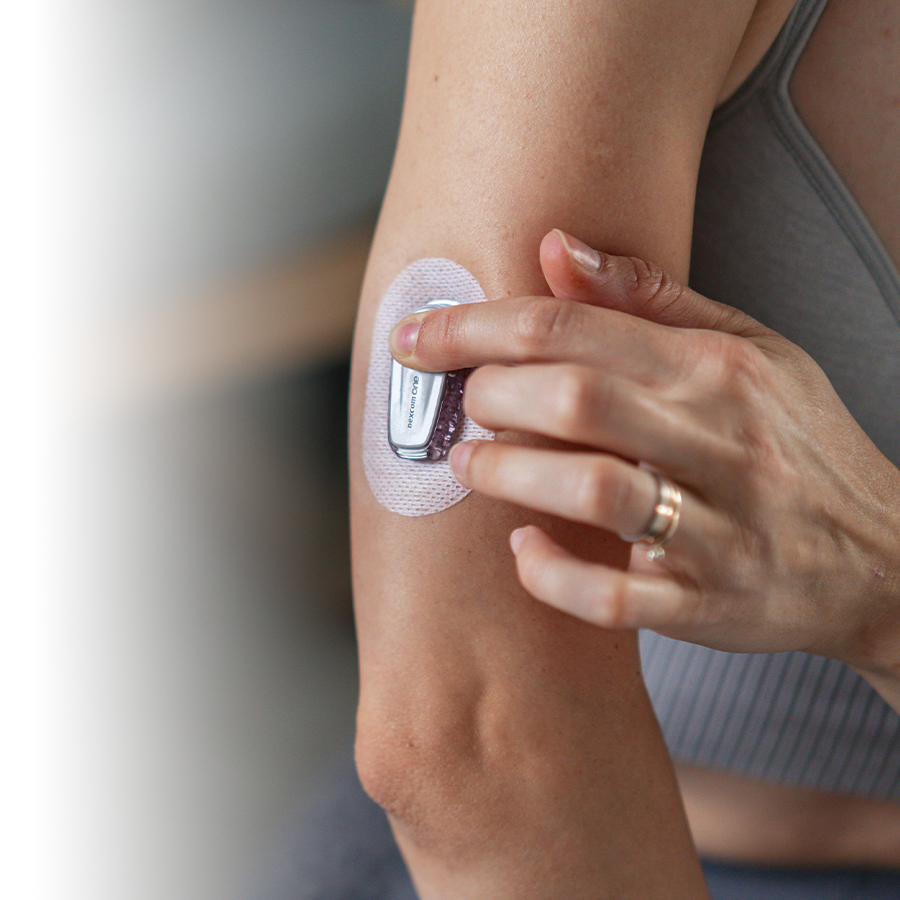Whether you're a technology expert or a novice, technology can help you better manage your diabetes.
Optimal diabetes management in the modern age
The last century has been transformative in the way diabetes is managed. Since the discovery of insulin and the very first dose injected into a patient in January 1922, many new discoveries and innovative technologies have made life easier for people with diabetes. Before 1922, diabetes was a deadly disease. Today, it can be well controlled.
Since we live in the age of smart phones, supercomputers and tablets, it's good to know that technology is spreading its wings in the field of healthcare too. The last few decades have seen not only many innovative medications, but tools that can make life easier for people living with diabetes, for example:
- increasingly fine needles to administer insulin
- insulin injection pens
- insulin pumps
- blood glucose monitoring systems with multiple technological benefits
When technology helps monitor blood glucose levels
If you are living with diabetes, you know how important it is to keep track of your blood glucose levels and manage the various aspects of the disease. Today, there are many blood glucose monitoring systems on the market, starting with blood glucose meters. These devices allow for the spot reading of blood glucose levels using a fingertip blood sample and a test strip. The manufacturers of these devices spare no effort to equip them with technological features that delight users.
In general, a good meter should allow you to:
- get accurate and reliable blood glucose results
- store your data easily and for as long as possible
- identify potential problems (hypoglycemia, hyperglycemia, blood glucose trends, etc.) based on the interpretation of the results
- know what adjustments are required to regulate your blood glucose
- share your data (results) with your healthcare professional
- better control your blood glucose, and therefore your diabetes
Each meter has its own unique technological features. The pharmacy area staff can show you the different models and explain the differences. What most meters have in common is that, although they are state-of-the-art, they are still very easy to understand and use. If you are not an expert in this field, don't worry. Your pharmacist or a member of the team will be able to answer your questions.
Advanced blood glucose monitoring systems
While many people can monitor their blood glucose levels and adjust their diabetes management using a meter, some people may want or need even closer and more rigorous monitoring. This is especially true for those who require insulin injections, such as people living with type 1 diabetes.
The flash glucose monitoring system uses a sensor that is permanently mounted (for up to 14 days) on the upper back of the arm and allows for instantaneous reading without a finger prick using a smartphone. This allows for more testing, without discomfort or pain, and more insight into blood glucose fluctuations. Users of such a system appreciate the ease and convenience.
The real-time continuous glucose monitoring system (CGMS) is a real breakthrough in the field of diabetes. Using a small, wearable sensor that can be placed at various locations on the body (belly, back of the arm, upper buttocks), blood glucose readings are sent automatically every five minutes to a smartphone or receiver, without the user having to do anything. Alerts can be programmed to notify the person that their blood glucose is too high or too low. This type of system provides security and peace of mind to users.
Today, it is even possible to benefit from advanced hybrid closed-loop technology that allows adjustment of insulin delivery to avoid hypoglycemia and hyperglycemia. In fact, the results obtained with CGMS allow for real-time adjustment of basal insulin by the pump, to the benefit of the users of such devices who can continue to administer boluses when needed (during meals or snacks).
With these advanced systems, blood glucose data and other information can be shared virtually with loved ones or healthcare professionals involved in diabetes management.
As you can see, the technological advances of the past few years have made life much easier for people with diabetes, as well as providing better disease management. No matter what your age, lifestyle, interest in technology or needs, you can find reliable, easy-to-use devices to help you achieve your goals.
Your pharmacist can always advise you on how to better cope with diabetes and provide information about technological breakthroughs in this field. When you are diabetic, being well informed means that you are better equipped to stay healthy.


